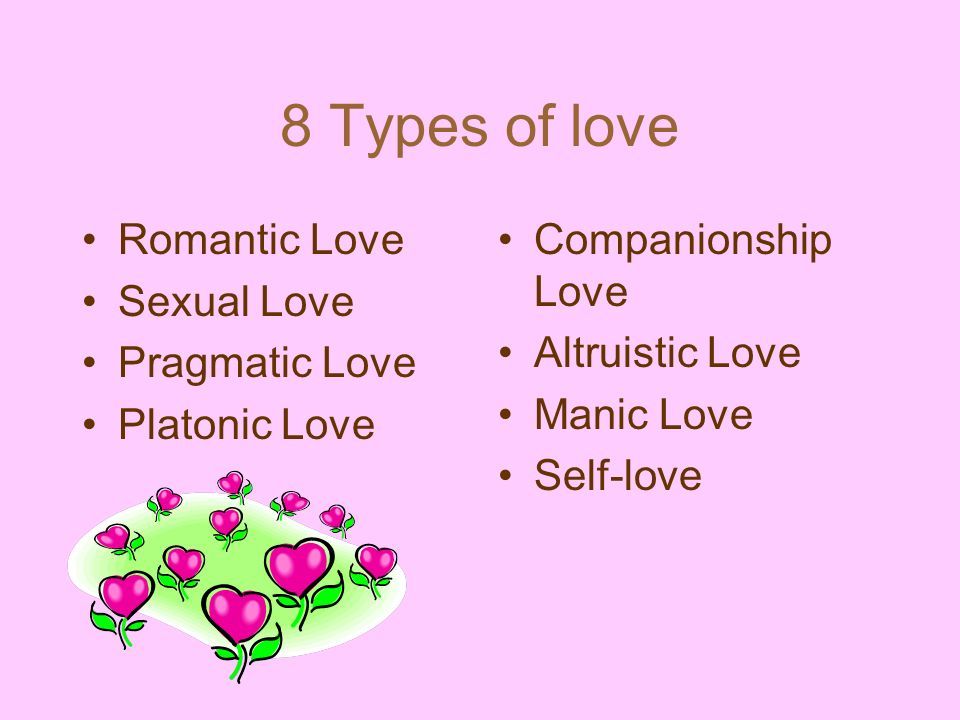To answer how many types of love exist, let us take as a reference the theory that was developed just over two decades ago by the anthropologist Helen Fisher, whose study continues and never ceases to amaze us.
According to her, three brain systems would give birth to three different types of love, so we’re talking about sexual drive, romantic love and deep attachment.
- Contrary to what the romantic ideal preaches.
- It seems that one can feel interest and attraction for more than one person at a time.
- This is due to the neurobiology of love.
- Therefore.
- It is important to know how this hormonal cocktail affects us to better understand our ’emotional oscillations’.
This gives us many clues to understand the origin of the struggle we sometimes struggle between what we want and what we know is most convenient for us.
This theory of different types of love helps us transform a certain guilt that haunts us like shadows and understand who we love, how we love and why we love.
It happens to men and women. We seek unpretentious sexual gratification in the future.
When someone sexually attracts us, a whole physical and psychological process is triggered in our body, there is an increase in systolic blood pressure, sugars and fats are released and the production of red blood cells increases, as well as important neural and hormonal changes.
This impulse is as fundamental a necessity as hunger or thirst and appears in the hypothalamus, the organ that controls basic behaviors.
In these states, the brain mainly produces dopamine, endorphins, adrenaline and norepinephrine, the latter is responsible for focusing attention on certain people, our judgment is confused and increases our tolerance to the risk of satisfying our desires.
Today we know that romantic love is not an emotion, it is a movement, an impulse. In fact, one of the most powerful impulses we have of the human being is that it makes us want to see and be with a certain person and only with it.
It has the same effect on the brain as substances such as cocaine and causes activity in the ventral tegmental area of the brain and in the caulocked nucleus.
Both areas are linked to the basic reward and motivation system, we are talking about the reptilian brain. The same chemical combination happens to addicts, especially in dopamine levels.
There is also an area of the brain that is deactivated during the romantic love state: part of the amygdala associated with fear. So, maybe, there’s this “love is blind” thing.
Studies have shown that when we feel a sense of rejection, the activity of the reward system in the accumbens nucleus continues, as does addictive behavior.
It also produces activity in the lateral orbital cortex, related to obsessive thoughts, and in the insular cortex, associated with physical pain.
As with libido, the mechanisms that activate romantic love are the same in both men and women, although some differences have been found.
In men, areas more related to the integration of visual stimuli are activated, while more responsible areas of memory are activated in women.
This happens after all this chemical explosion in the brain has stabilized, it seems to be a process aimed at channeling the relationship towards a long-term project.
In this state, testosterone levels decrease in men and increase in women, which seems to make life easier. It activates the pale ventral, an area of the brain linked to the sense of taste and pleasure, causing sensations of calm and stability.
In short, it is possible to fall asleep at night feeling a deep affection and attachment to the person we have by our side, while our mind wanders desperately in love with another person or even feeling a purely sexual attraction to a third person.
In other words, three loves can happen at the same time with?Objects?separate.
Dr. Fisher’s theories have been described as reductionist by some sectors, but there is no doubt about the value of thought they have, through this research we know more about the relationship between our body and our emotional life.
If we can understand these processes and how they work, it can be easier to sort out our ideas, know where each person occupies in our lives, and why, controlling our most instinctive tendencies so they don’t control our lives.

